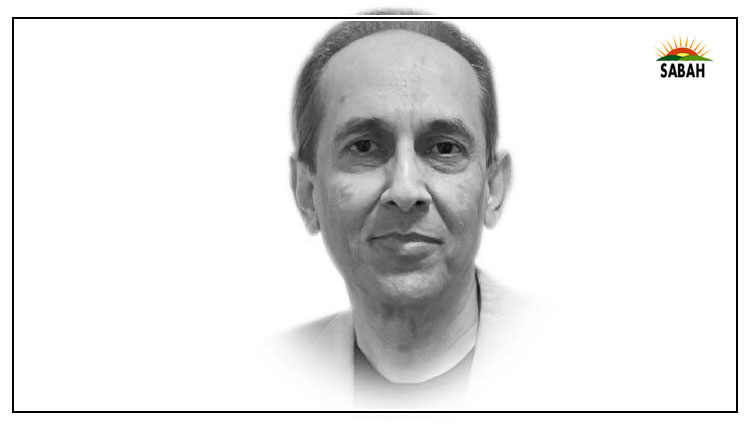Are we dying too soon? … Dr Baqar Hasnain
“I’m not afraid to die, I just don’t want to be there when it happens,” said the always witty Woody Allen. But for how long do we live? People in Hong Kong and Japan live for 84 years. In the UAE and Qatar, for 83 years. In India, for 72 years. Life expectancy at birth in Pakistan, on the other hand, is 67 years. For males, it’s only 65. So, if you are a Pakistani male older than 65, you are fortunate enough just to be alive. These are of course averages. But the inevitable question is: are we – the Pakistanis – dying too soon?
Pakistan ranks third in the world in the category of people suffering from diabetes. The prevalence of hypertension (high blood pressure) could be as high as 45% among our adult population. Hypertension and diabetes are major risk factors for cardiovascular disease such as heart attack and stroke. An estimated 25 per cent of deaths in Pakistan are caused by cardiovascular disease. To make matters worse, we are also genetically predisposed to coronary artery disease. A study of case subjects from Pakistan, published in Atherosclerosis, linked coronary artery disease with genetic risk score involving 21 variants.
There is no such potion as an elixir of life or eternal youth. So, what do we do? Our health care is ranked 124th in the world. One of the reasons, in addition to institutional corruption, is misdirecting budgetary funds to tertiary hospitals instead of investing in Preventive Healthcare. Preventive care starts with our first point of contact who should be a GP (General Physician) also known as PCP (Primary Care Physician). Tragically, for many of us, our first point of contact is an Emergency Room Physician in the ER of a hospital. By then, it’s probably too late. To avoid this, we must see our PCP for regular check-ups and screenings starting at a young age. We must be screened for blood pressure, diabetes, cholesterol, cancer, smoking, obesity, and depression. These basic services must be part of a universal healthcare system accessible to everyone for free!
Free for everyone? You bet your life!
In Pakistan, the richest one per cent of the population controls more than fifty per cent of the country’s total wealth. The top one per cent also enjoy an income share of 30 per cent whereas the bottom 50 per cent of the population (half of the country) have an income share of only 11 per cent. Despite the gaping income inequality, only 30 per cent of patients seek medical care in public healthcare facilities because of abject conditions and in many cases, especially in rural areas, a criminally negligent health care delivery. So, where do the majority of the patients go? Desperate to seek better care for themselves and their family members, they have no choice but to pay hefty amounts at a private health care facility.
Ironically, everything looks spotless on paper. The public healthcare delivery in Pakistan operates at three levels: primary (primary care physicians), secondary (specialists), and tertiary (hospitals). Primary facilities include Basic Health Units, Rural Health Centers, Dispensaries, Maternity and Child Health Centres, and Clinics. But, as we know, the devil is in the details. Insufficient funding, lack of resources, incompetent and deficient workforce, lack of adequate supplies and equipment, and doctors and nurses who treat their patients with apathy that can’t escape notice, all contribute to a lack of quality healthcare delivery,
We can’t cut corners. Our budget for health expenditure should be immediately doubled if not tripled. And the bulk of the health care budget should be dedicated to our primary care system demanding strict accountability from our doctors, managers, and administrators. Any talk of a universal health coverage by our government is nothing but a bunch of hot air unless every citizen of Pakistan is provided the following medical services for free:
Physical exams by a primary care physician; screenings and lab tests (blood work, x-rays, mammograms, etc); caring for chronic diseases (diabetes, hypertension, arthritis, etc); annual check-ups; maternal and child health; family planning, smoking cessation counseling, nutrition counseling (such as eating healthy); and referrals to specialists.
Courtesy Express Tribune












